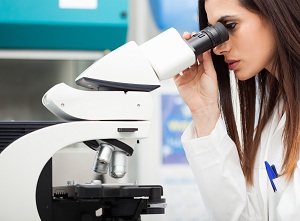Alkaptonuria is a rare genetic disease, also called "dark urine disease". The name derives from the characteristic color of the urine and connective tissues of those who suffer from it.
Those suffering from alcaptonuria have a defect in the 1,2-dioxygenase homogentisate enzyme. This causes an abnormality in the metabolism of the amino acid phenylalanine, which leads to the progressive accumulation of the homogentisate. It is a toxic substance, which is collected mainly in the skin and connective tissues of the body. In particular, it is present in the articular cartilage and damages it slowly.
The disease causes joint injuries, obstruction of the heart valves, kidney stones and liver problems. It is manifested through the oxidation of the homogentisate, which leaves stains on the eyeball and on the skin. Moreover, when the body expels the substance through the urine, these colors brown-black.
Alkaptonuria is a genetic disease that can be transmitted through an autosomal recessive mode. It only manifests if both parents are healthy carriers of the anomaly. In this case, for every pregnancy there is a 25% probability that the child is ill.
The diagnosis of alcaptonuria occurs through a specific urine test. Despite the characteristic dark color, many patients do not realize they are sick until adulthood. Around the age of 40 the complications typical of the disease begin to appear. At that point they turn to the doctor and the diagnosis takes place.
At the moment there is no definitive therapy against alkaptonuria. The one available consists of antalgic and anti-inflammatory drugs, to accompany a diet rich in vitamin C. It seems that the vitamin slows the accumulation of dark pigment in the cartilage.
Source: telethon.it
Add a comment





